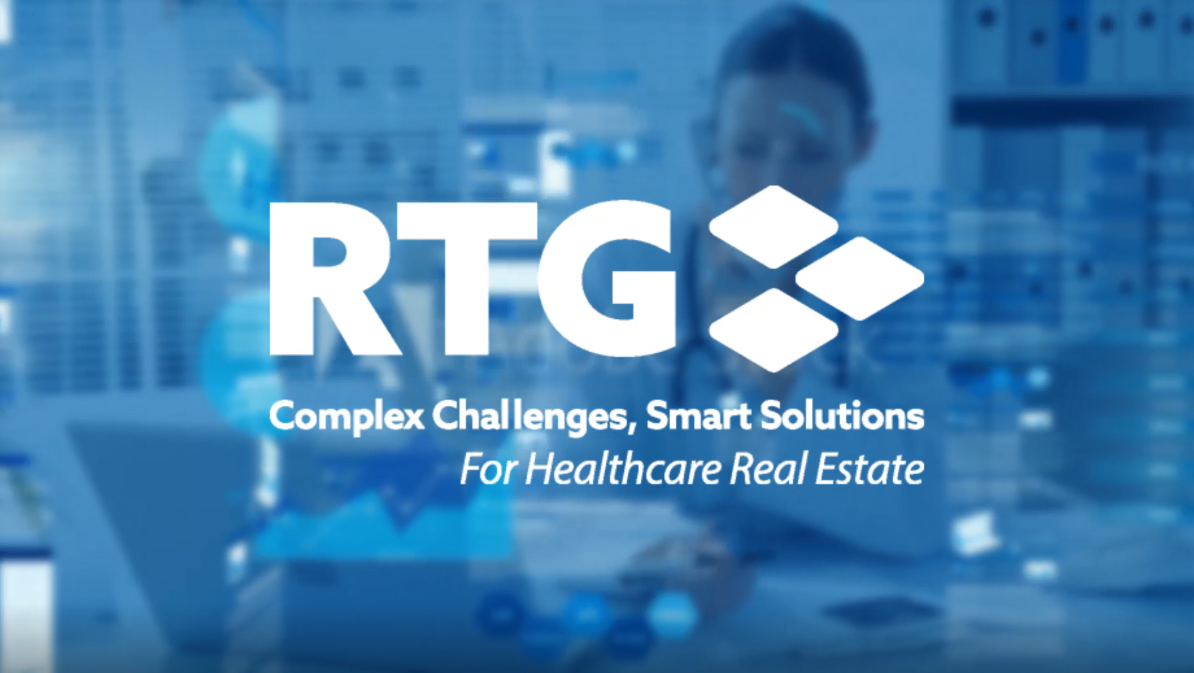
Even in a pre-COVID world, healthcare providers of all sizes were being challenged to re-shape their businesses in response to the ever-shifting healthcare landscape. Although we do not yet know the full extent and long-term impact of COVID-19 on healthcare providers (and the national economy as a whole), it has undoubtedly accelerated these pressures and further increased the emphasis on cost management, market efficiencies, and access to capital.
Although other industries and institutional real estate owners have leveraged real estate optimization practices for many years, it is a relatively new concept in the healthcare industry. Most healthcare providers have significant investments in real estate and facilities, yet these assets are often overlooked as a necessary cost of doing business. A myriad of industry shifts has caused them to re-evaluate their real estate ownership and management approach within the context of broader strategic objectives.
When properly deployed, organizational real estate strategy and operations can offer significant opportunities for cost containment, operational efficiencies, and capital investment to better support strategic growth, market expansion, and enhance delivery of care.
An effective healthcare real estate optimization typically consists of at least four key components:
- Portfolio Performance – Ensure a comprehensive inventory of the current portfolio, including all owned and leased properties and develop an understanding of space utilization, expenses and other key financial performance metrics.
- Operational Strategies – Next, a critical assessment of current leasing, property management, facility operations and related functions. Staffing levels and technology platforms are critical areas where health systems tend to lag behind industry best practices.
- Capital Strategies – An objective assessment of owned and leased properties relative to strategic and financial initiatives. Health systems often have significant capital committed to facilities without clear organizational reasoning or rationale. Opportunities may exist to recapitalize existing facilities and redeploy capital, or otherwise utilize third-party capital to enable strategic facility investments, new facility development, and market expansion initiatives.
- Risk Mitigation – Health system-owned and leased properties are often subject to STARK and Anti-Kickback regulations. These considerations must be inherently ingrained in each and every real estate function and decision – interaction between the leasing transaction team, lease administration, accounting, property management, and legal departments is paramount to avoid potentially costly settlements.
While most healthcare organizations can benefit from proactive real estate management and operational best practice, certain organizations may be more notably-positioned to realize the benefits of real estate optimization strategies, for example:
- Large physician practices with multiple locations;
- Multi-hospital health systems;
- Academic health systems which have traditionally owned all real estate;
- Acquirers in pending or recent hospital mergers;
- Providers evaluating staffing and cost containment within their existing portfolio; and
- Providers evaluating capital strategies to support market expansion opportunities.
As a hypothetical example, if a health system successfully implemented cost-containment measures (utility controls, contract re-negotiations, or other measures) to reduce real estate operating expenses by only $0.50 per square foot across a one million square foot real estate portfolio, they could save $500,000 annually. Consider the impact over a 10-year time period: $5 million in savings. Straight to the bottom line and available for reinvestment in other healthcare services – physician alignment, technology, or new facility development.
Realty Trust Group provides a full spectrum of healthcare real estate advisory, development, operations, transactions and compliance services and has successfully advised clients on various real estate optimization strategies. We understand that there is no one-size-fits-all answer and commit to bringing an objective assessment to every client engagement. To read more on Healthcare Real Estate Optimization, check out our latest white paper, “Healthcare Real Estate Optimization.” For more information on RTG’s optimization services, visit our Healthcare Real Estate Optimization page.




